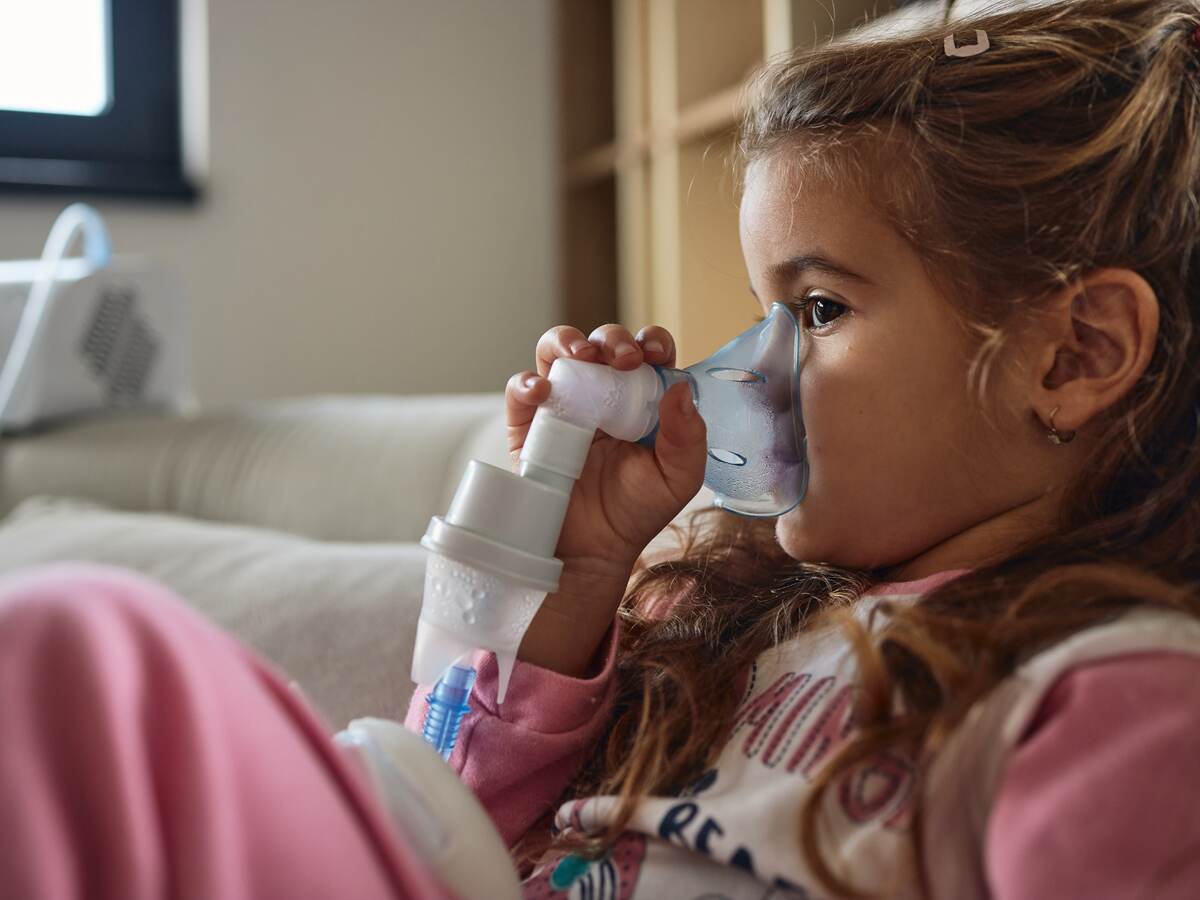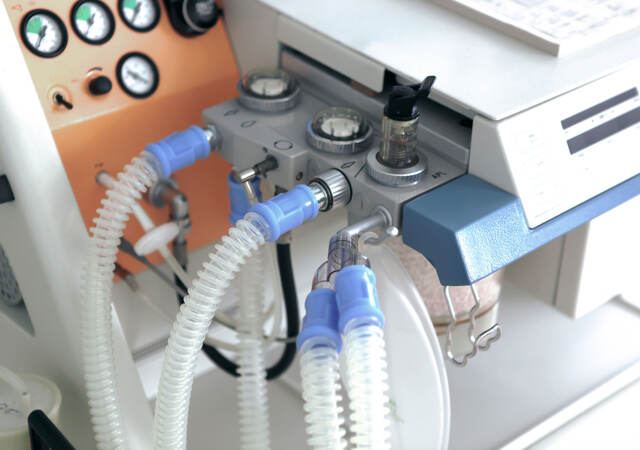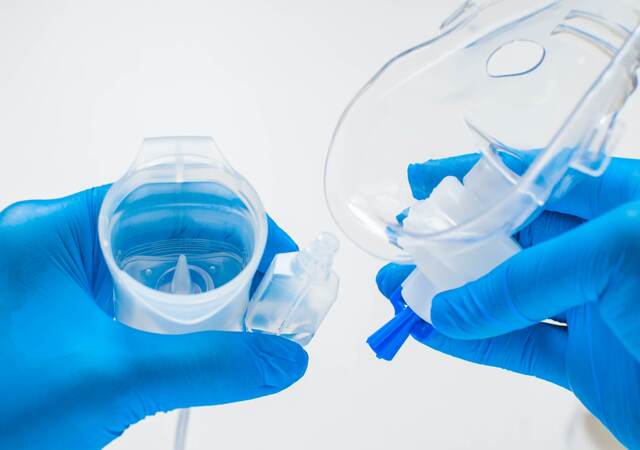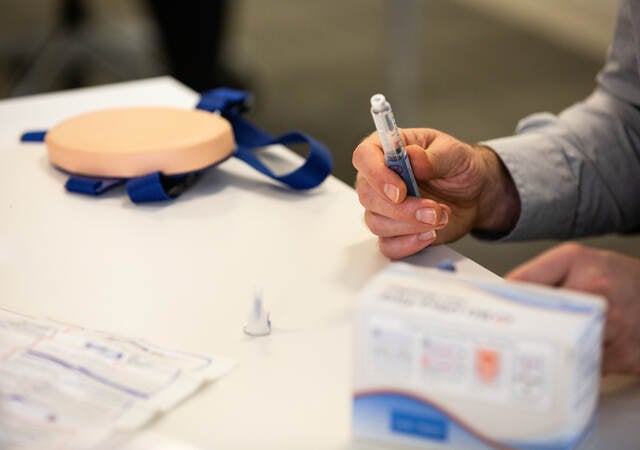May 6, 2024
Assessing the biocompatibility of medical devices with breathing gas pathways is a complex process that must evaluate many potential health and safety risks to patients. In March 2017, a new set of standards — ISO 18562 — was introduced to outline the risk assessment and testing procedures for the evaluation of the unique risks for inhalation exposure from medical devices and components used in all types of respiratory care.
ISO 18562 is a series of standards that outlines the general principles for the evaluation of breathing gas pathways of medical devices used in respiratory care or to supply anesthesia or other substances through the respiratory tract. Testing and evaluation according to the ISO 18562 series of standards is required for new 510(k) device submittals to the U.S. Food and Drug Administration (FDA), compliance with EU MDR requirements, and the evaluation of material changes to existing products.
Global regulators have started to focus on ISO 18562 evaluation of respiratory devices, following several recalls related to potential inhalation exposure hazards.
Revised versions of the following four standards in the ISO 18562 series have been published t o provide updated guidance based on lessons learned since they were first published in 2017.
- ISO 18562-1 - Part 1 Evaluation and testing within a risk management process
- ISO 18562-2 - Part 2 Tests for emissions of particulate matter
- ISO 18562-3 - Part 3 Tests for emissions of volatile organic compounds (VOCs)
- ISO 18562-4 - Part 4 Tests for leachable in condensate
The revised versions place more emphasis on evaluating the potential for degradation by-products over a device’s expected service life. UL Solutions is a leader in biocompatibility assessment and provides testing and toxicology services for manufacturers to help demonstrate global compliance for respiratory and ventilation devices and accessories. Our testing methodology can be performed at different points in the product lifecycle. Using global laboratories with aging-testing, chemical analysis, and toxicological exposure assessment capabilities, UL Solutions is ready to support medical device manufacturers in developing and executing customized test plans.
For years, the world’s largest respiratory device manufacturers have relied on UL Solutions for testing and exposure assessment services. They value our comprehensive approach to assessing the compliance of medical devices with breathing gas pathways with the requirements of the ISO 18562 series of standards.
Get connected with our sales team
Thanks for your interest in UL's products and services. Let's collect some information so we can connect you with the right person.






